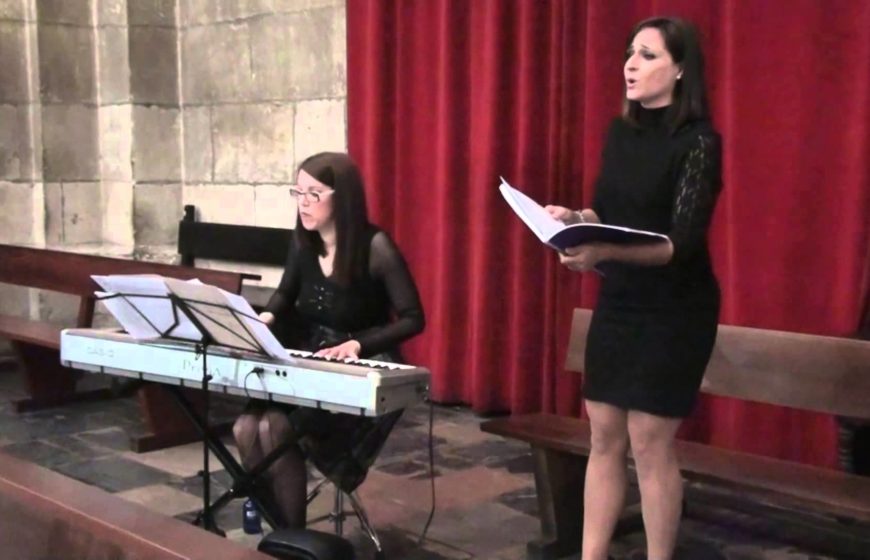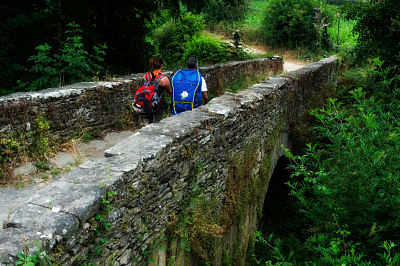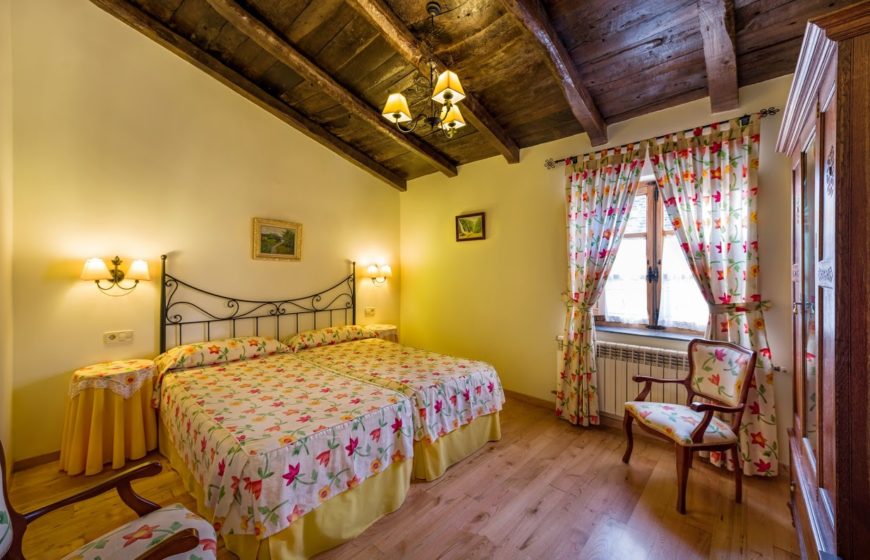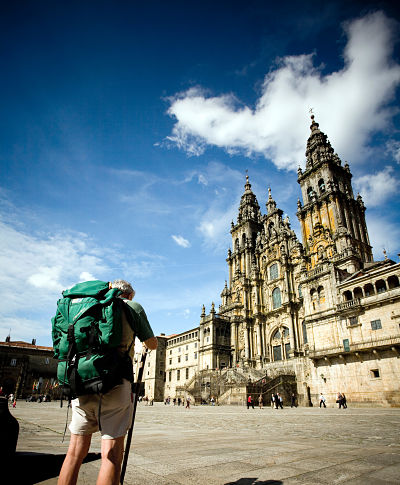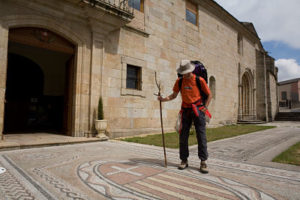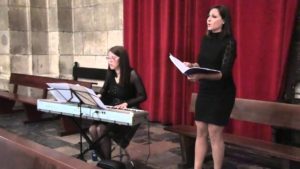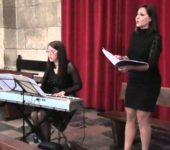GALICIA AND THE WAY OF ST JAMES
The Camino de Santiago has been, and remains, without a doubt, the oldest, busiest and most celebrated route of the old continent. The so-called French Way was declared a World Heritage Site by UNESCO. This is the route that has greater historical tradition and the best known internationally. It is, then, a path that unites Europe with the north of Spain through churches, bridges, cathedrals, convents….always with green as a backdrop. On this trip we will travel the last hundred kilometres of the French road to Santiago de Compostela, through the region of Galicia, from Sarria to Santiago, in the northwest of Spain. This trip is a gift for the senses. We will walk among green meadows, discover their music, cook, thaste their cheeses and wines, and finally reach the wonderful city of Santiago de Compostela.
SAMPLE ITINERARY:
Day 1. Sarria
Meeting point
Our guide will receive us at the hotel with a welcome cocktail where we will become familiar with our fellow travelers. Afterwards, dinner at the hotel restaurant. With the help of our accompanying guide and our support car, you will make the last 100 kilometers of the Camino in six days, from Sarria to Santiago de Compostela, enjoying each of the stages and the comfort of our accommodations plus a bunch of experiences to get in contact with the local culture. Music, gastronomy, nature, heritage,
wellness.
GALICIA
Our trip passes entirely by Galician lands. In most of the occasions, the pilgrims affirm to feel admired by the beauty of the landscapes and natural surroundings that they find on their way. The Jacobean route in Galicia runs along rural roads, surrounded by rivers and springs, lakes and shady valleys. They are the secular scenario around which stands an outstanding architectural and ethnographic heritage
differentiated from the rest of the Peninsula.
Day 2. Sarria – Portomarín. 22 kms
First walking day and meditation.
We will travel rural roads or “corredoiras” under oak groves and small villages such as Lavandeira
or Ferreiros. At the gates of Portomarín, We will cross the river Miño, under whose waters the old
Portomarín rests. We will visit the Church of San Nicolás de Portomarín, rebuilt stone by stone.
It is our first day and after a hard day of walking we will relax with a session of stretching, breathing and meditation. This session will help us optimize our experience along the way. We leave all our problems behind and let ourselves be carried away by the day to day. We begin to live the moment surrounded by nature, friends and good vibrations.
Day 3. Portomarín – Palas de Rei. 24 kms
Second walking day and classical music. We will ascend first to Castromaior and then to the Sierra de Ligonde to descend gradually through the villages of Eirexe and Ligonde to the village of Palas de Rei. In Palas you will have the opportunity to visit the Castle of Pambre. In the afternoon we will enjoy a nice concert of classical music just for us. Fantastic local musicians will review both Spanish and Galician
musical works from medieval times to romanticism. A delight for the senses.
Day 4. Palas de Rei – Melide. 15 kms
Third walking day and Folk experience. The path continues through the leafy forests and open to the surprise of its monuments – such as the Pambre castle or the historic center of Melide. We are in the region of A Ulloa, immortalized by the writer Emilia Pardo Bazán in her famous novel Los Pazos de Ulloa (1886). After lunch we will immerse ourselves in the deepest local culture. We will have a good time knowing about the traditional Galician music. What better way to get to know local music than
by practicing it. We will learn the local rhythms with percussion instruments, we will dance and sing as if we were true natives.
Day 5. Melide – Arzúa. 15 kms
Fourth walking day and wine tasting. After Melide, the Camino passes through Boente and Castañeda to arrive later at Arzúa, a cheese-growing village that has an important offer of rural and active tourism, especially in the vicinity of the Portodemouros reservoir. Galicia produces wines of very high quality. So
we will use the afternoon to make a tasting with the explanations of a local expert. In addition, we will accompany the different wines with the famous local cheese. A delicious experience
Day 6. Arzúa – Rúa. 19 kms
Fifth walking day and Cooking class. Green hills will be your traveling companions to the town of Rúa. You will find hermitages like Santa Irene. We are near the end of the route to Santiago and we can not miss the opportunity to get closer to the local cuisine in a practical and fun way. Food in Galicia is an institution. They have fresh local products to make very healthy and delicious dishes. Fish, meat, cheese and good wine. So we will take this opportunity to learn how to cook typical dishes of the area, and, of course, eat them with a good glass of local wine.
Day 7. Rúa – Santiago. 21 kms
Last walking day and reaching Santiago. After passing behind Pedrouzo you will go up through Amenal and descend to Lavacolla. You will ascend again until you reach Monte do Gozo. From here you will see the Cathedral Towers for the first time. Only 4 km separate you from the city. You will cross the Barrio de San Lázaro, cross the Porta do Camiño or Puerta del Camino, you will leave behind the Plaza Cervantes and through the beautiful streets of the old town of Compostela you will reach the Cathedral of Santiago. Free afternoon to relax
Day 8. Santiago de Compostela
City tour, Cathedral and Food Market. We made it. We are in Santiago and it is time to walk around this beautiful city where thousands of pilgrims arrive from all over the world. We head towards the cathedral but before entering, the ideal is to go slowly through the various streets of the old area, declared a World Heritage Site by UNESCO popularly known as “the almond”. We will access the cathedral through the
magnificent Portico da Gloria and pay a visit to the tomb of the Apostle and its amazing main altar.
After this magical tour we are ready to visit the local food market to eat some of the best delicacies of the Galician rías and lands: barnacles, octopus, spider crab, sea bass, Galician veal and delicious local white wines. Free afternoon
Day 9. Santiago de Compostela
Breakfast and end of the trip
- Walking the Camino
- Cooking class
- Private concert
REQUEST A DETAILED ITINERARY
Reasons why people walk the Camino de Santiago
The spiritual side of the way.
All pilgrims have one or several reasons to do the Camino de Santiago. Some undertake it for religious reasons and others simply to find their spiritual “I”. But nevertheless what they all have in common is that they get to know themselves much better. Going through the Camino de Santiago involves a
process of very deep personal self-analysis that gets changed in many pilgrims forever the way they see life and what surrounds them. You will force yourself out of your daily comfort zone The Camino de Santiago will take you out from the daily routine in which you may live. We all build a life process that we repeat every day, in which very little changes and in which we shelter, hiding in a bubble without looking out. You will learn to distinguish what really matters. One of the hardest points of doing the Camino de Santiago is not to physically face the hardness of the stages, but to find our own reason to continue walking miles and miles without apparent reason. After the first kilometers you will find your own reason to keep going and you will realize that the Way is a reflection of life itself. Those of us who travel the Camino de Santiago year after year usually do so full of energy, with a good mood that makes us more open to meeting new people with whom we can share our experience. If you have not yet walked the Camino, another of the things that will surprise you the most will be the desire for camaraderie and solidarity that exists among the pilgrims. There is a long tradition that still remains, the spirit of the pilgrim, which leads the most experienced to help first-timers on the Camino and transmit their experience so they can do the same later.
REQUEST A DETAILED ITINERARY

